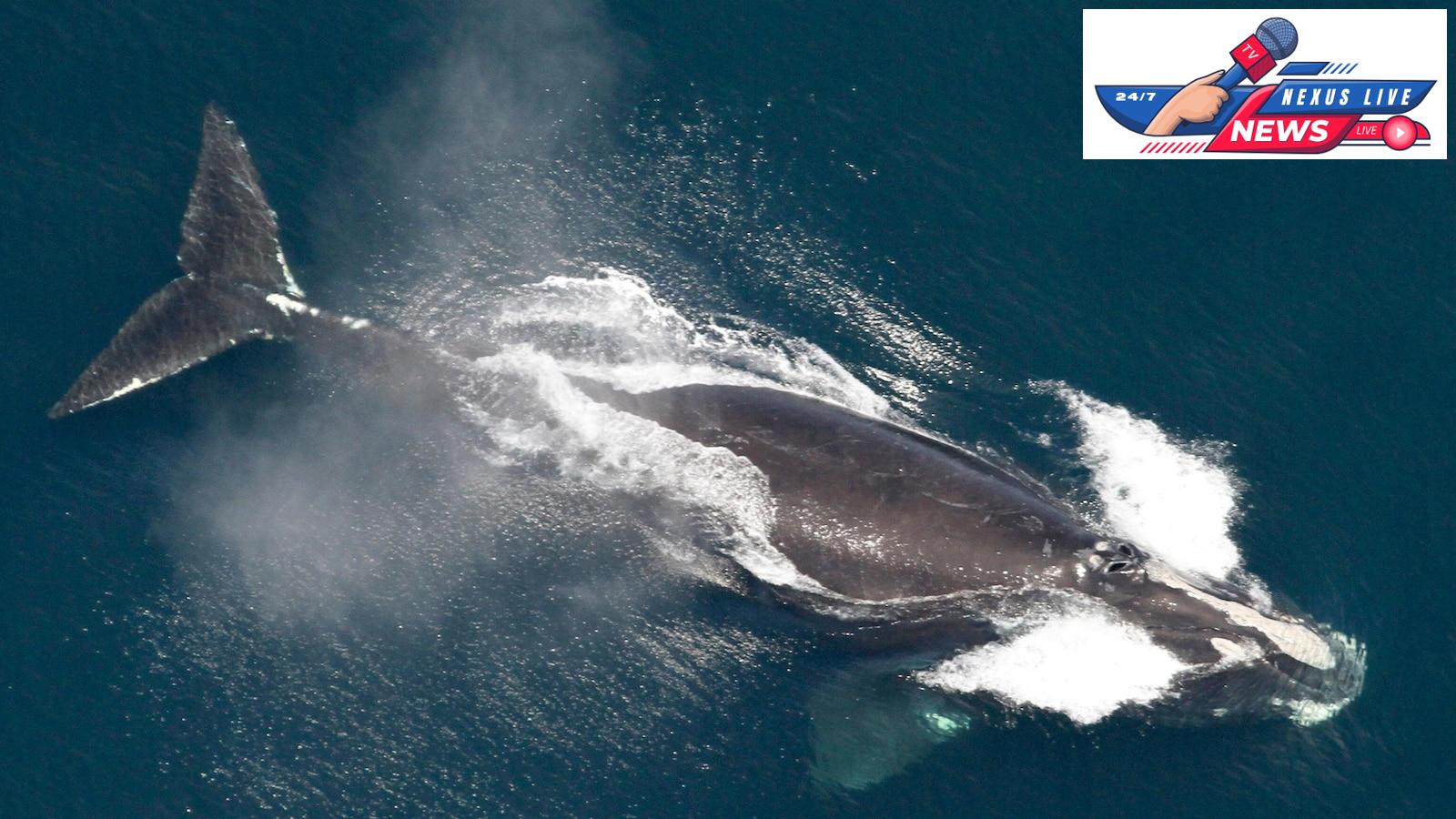In a worrying turn of events for our oceans and their inhabitants, the federal government has officially withdrawn a proposed rule that would have required ships to slow down in key areas along the East Coast. This withdrawal is particularly concerning for the North Atlantic right whale, one of the most endangered marine species with only about 370 individuals left.
What Happened?
On a recent Wednesday, the National Oceanic and Atmospheric Administration (NOAA) announced that it would no longer enforce speed limits for large vessels in areas where right whales are often found. This decision follows the submission of around 90,000 public comments over the years, where many voiced their opinions about the proposed rules.
Why Were the Rules Important?
The goal of the proposed speed restrictions was to decrease the likelihood of ship collisions with these magnificent creatures. Ship strikes are one of the leading threats to the right whale population, contributing to sharp declines over the years. The rule was intended to help ensure these whales could move safely through their habitats, especially as they migrate in search of food and breeding grounds.
Concerns Voiced by Conservation Groups
Conservationists have expressed outrage over this decision, fearing it will further jeopardize the survival of the North Atlantic right whale. They argue that without such regulations in place, more whales could become victims of ship strikes, leading to a potential extinction of this already critically endangered species.
Reactions from Local Communities
Reactions have varied across different communities. While some local industries, particularly in shipping, have welcomed the withdrawal citing economic concerns, many environmentalists worry this means a step backward for conservation efforts. Maine lobstermen, for instance, have also expressed frustration, arguing that the shipping industry seems to have received a “free pass” while the whales continue to face dire threats.
Current State of Right Whales
Historically, the North Atlantic right whale population has faced severe challenges. Just a decade ago, there were over 480 right whales, but that number has dwindled by more than 25% since then. With only about 70 reproductive females remaining, every ship strike poses a significant risk to dwindling populations. Since 2020 alone, there have been 16 documented injuries or fatalities due to collisions with vessels.
What Can You Do?
- Stay informed about the plight of right whales and their habitats.
- If you’re a boater, make sure to report any sightings of right whales to NOAA using their hotline: 877-WHALE-HELP (877-942-5343).
- Fostering awareness and sharing information with friends can help spread the message about protecting these endangered whales.
Future Actions for Right Whale Protection
As NOAA re-evaluates its approach to whale conservation, there is hope that new protective measures will be introduced. Conservationists are calling for immediate action and have urged NOAA to propose alternative regulations that prioritize right whale safety. The situation remains tense as organizations battle for the future of these majestic marine mammals.
Your Role in Conservation
Even though it can feel overwhelming, every one of us can contribute to making a change. Understanding how important the right whale is to our marine ecosystem is crucial. Every report of a sighting, every conversation about their plight, helps build pressure for better protections in the future.
Let’s remember: the ocean is home to many amazing creatures, and together, we can help ensure that the North Atlantic right whale isn’t just a part of our memories but an integral part of our future.









